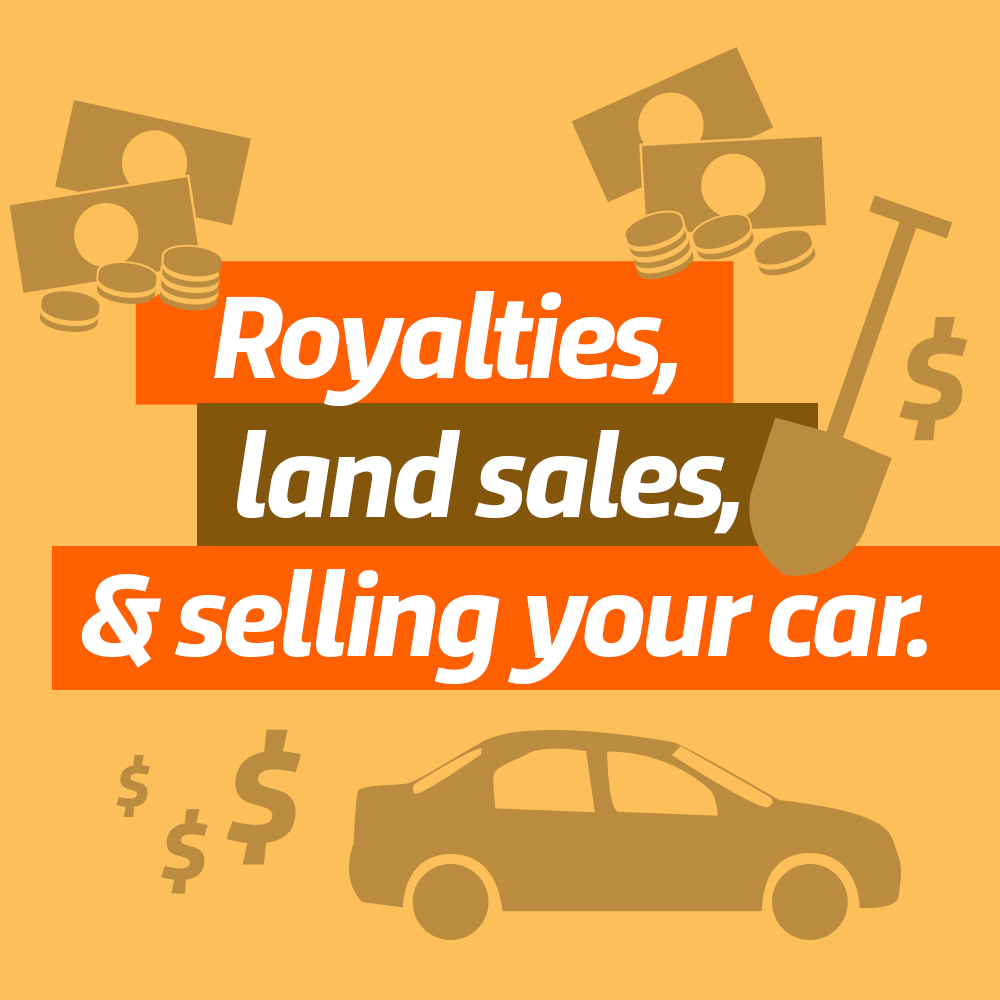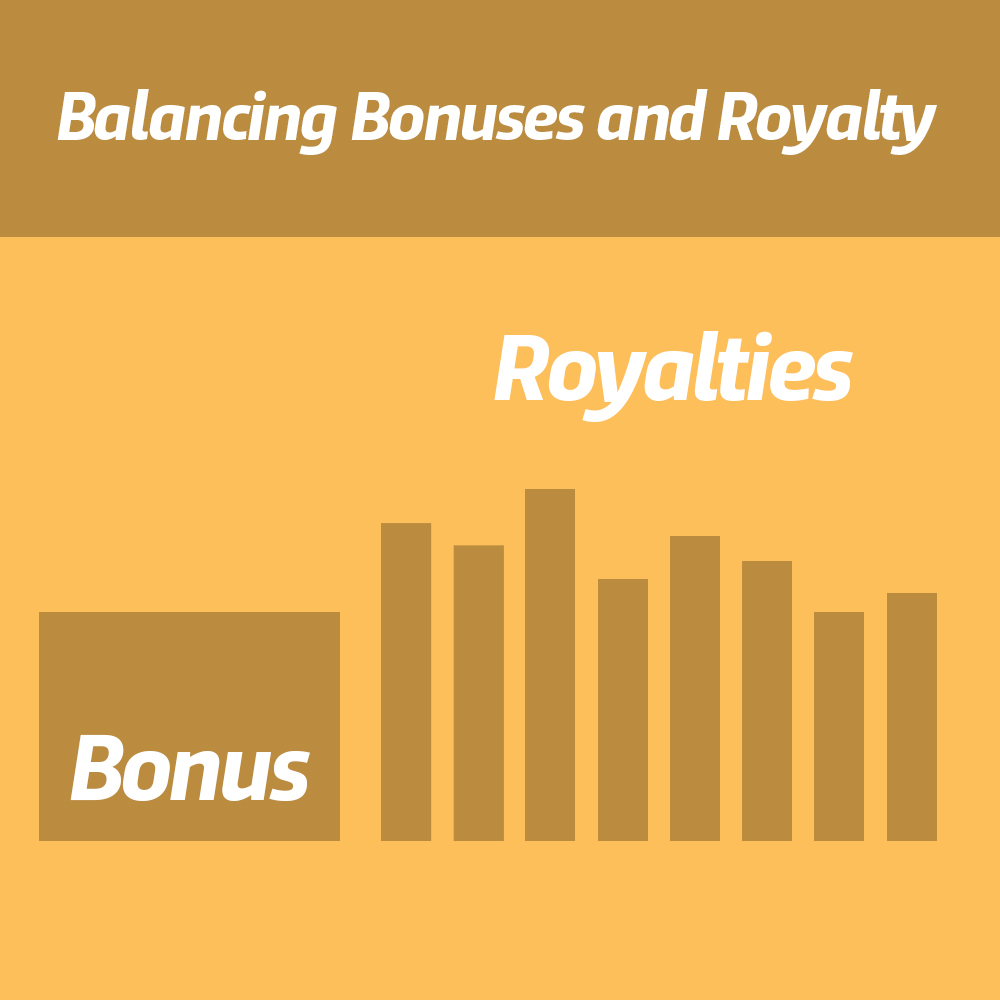How Alberta collects value from its resources

Previously, we’ve talked about the nature of royalties, and the purpose of the royalty framework. You can read that full discussion here .
In brief, we learned that royalties are based on Albertans’ underlying ownership of the oil, natural gas and oil sands resources that are being produced and sold. Energy companies play a big role in exploring for, producing, moving and selling those resources on our behalf. But at the end of the day, the resources belong to Albertans. They have value, and as the owners, we should receive that value.
Royalties are all about getting that value. But how do we do that? Well, different approaches are used by different jurisdictions. For example, some countries use state-owned entities to undertake all of the exploration and production themselves. These places are typically not open to private investment, or they have restrictions on private investment. Still other places use other methods such as production sharing or service agreements.
Alberta’s approach is to collect the value of its resources through two major mechanisms: land sales and royalties.
Land sales are auctions held twice per month. Through a competitive bid process, energy companies are awarded the rights to explore for and produce oil, natural gas and oil sands on certain parcels of land and at certain depths (or geological zones). In return for the payment that it offered during the bid process (called a “bonus bid”), the successful company receives a mineral lease (or other similar agreement) to develop the applicable resources. The company must take certain steps to develop or prove the resources within a certain period of time, otherwise it forfeits its mineral lease. (Alberta keeps the bonus bid.)
Once the energy company commences production of the resources, it pays royalties to the government each month. In the case of conventional oil and natural gas, the amount of royalties depends primarily on how much oil and gas is produced, and on the price received for those resources. In the case of oil sands, the amount of royalties depends on a formula that involves the price received for the resources and the allowable costs involved in producing and selling the resources.
Together, these two mechanisms are used by the government to get at the value of Alberta’s resources, and create a balance between short and long-term revenues.
- Through the use of land sales, Alberta collects a portion of the resources’ value upfront, long before it is produced (and even if the resource is never produced, or is produced during a time of low prices).
- Through the use of monthly royalties, Alberta collects a regular income stream over the entire life of the well or project. This enables Alberta to take advantage of favourable price changes, or larger resource finds being produced, over the life of the well or project; or to account for low prices or smaller resources over that same time.

Another way to look at this is to consider a vehicle sale.
Imagine you want to sell your car. The car is an asset that you own, and you want to get the value of it. You advertise the sale, and after considering several offers, you select the buyer who makes you the best offer.
The buyer gives you a down payment for your car right away. Right off the bat, you’ve collected a portion of the car’s value.
The buyer also commits to give you monthly payments, over the next 10 years, according to terms and formulas that you’ve established. If you’ve done a good job setting those terms and formulas, then at the end of those 10 years you will have collected the remaining value of your car that you sold.